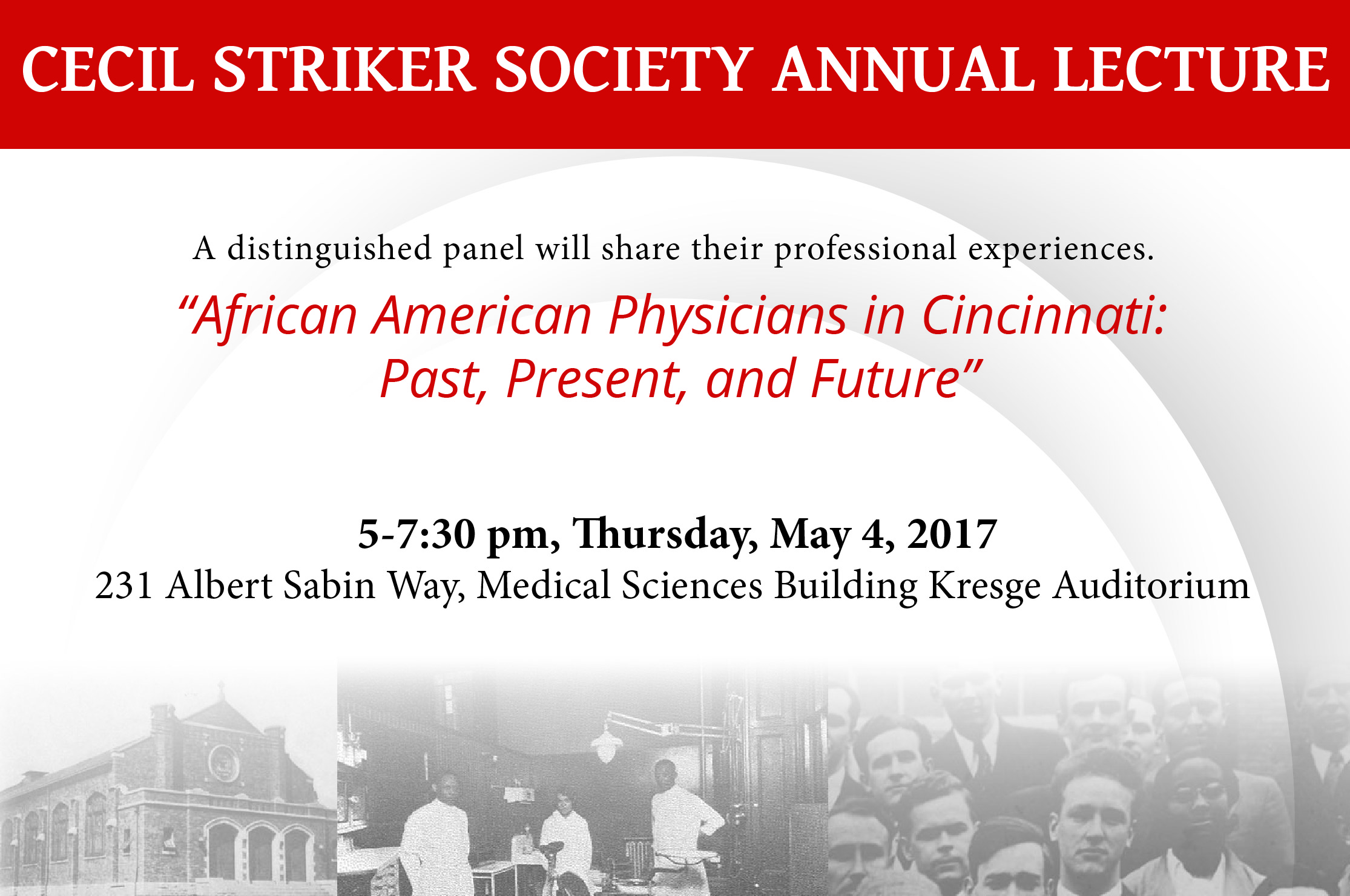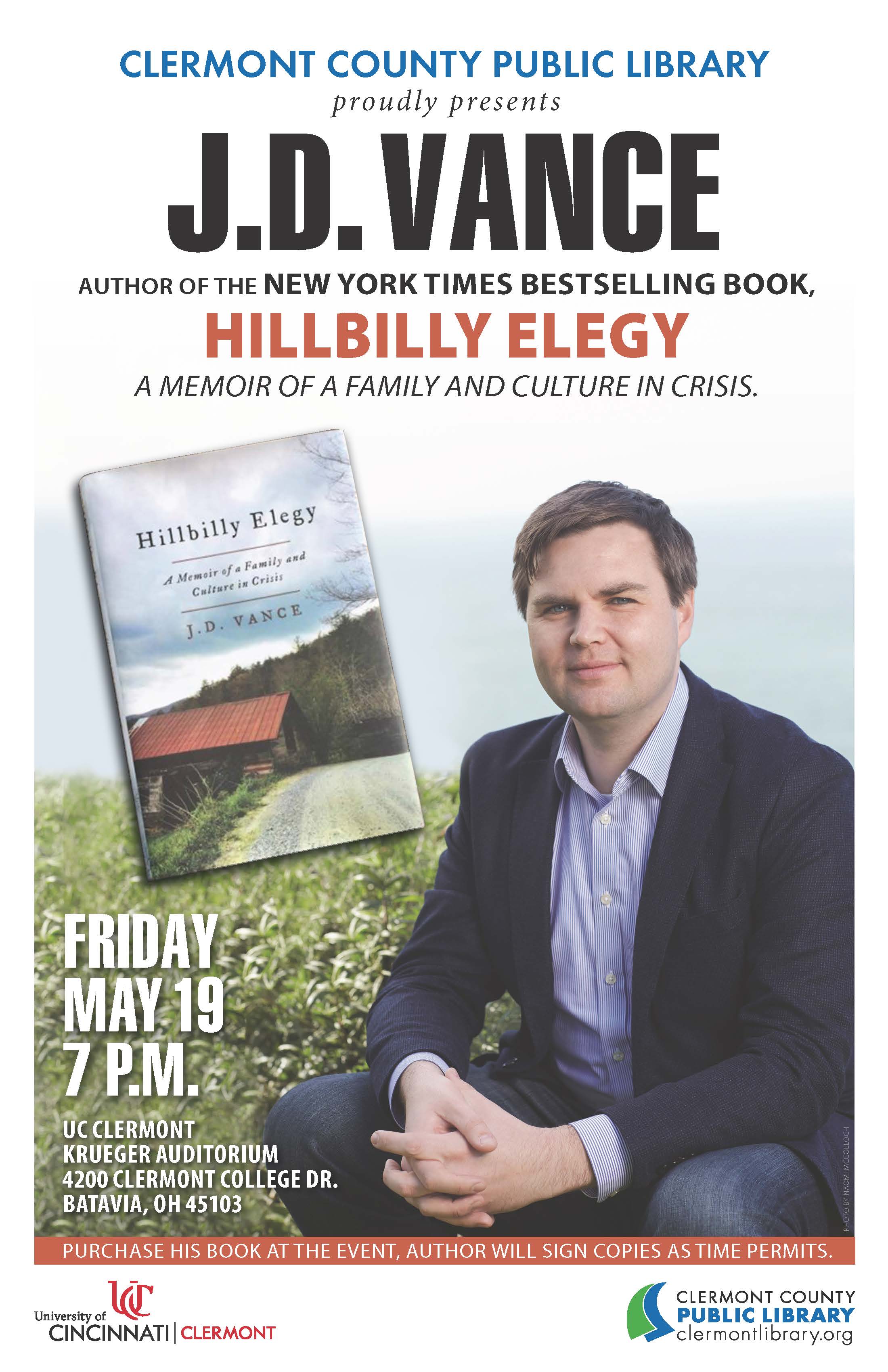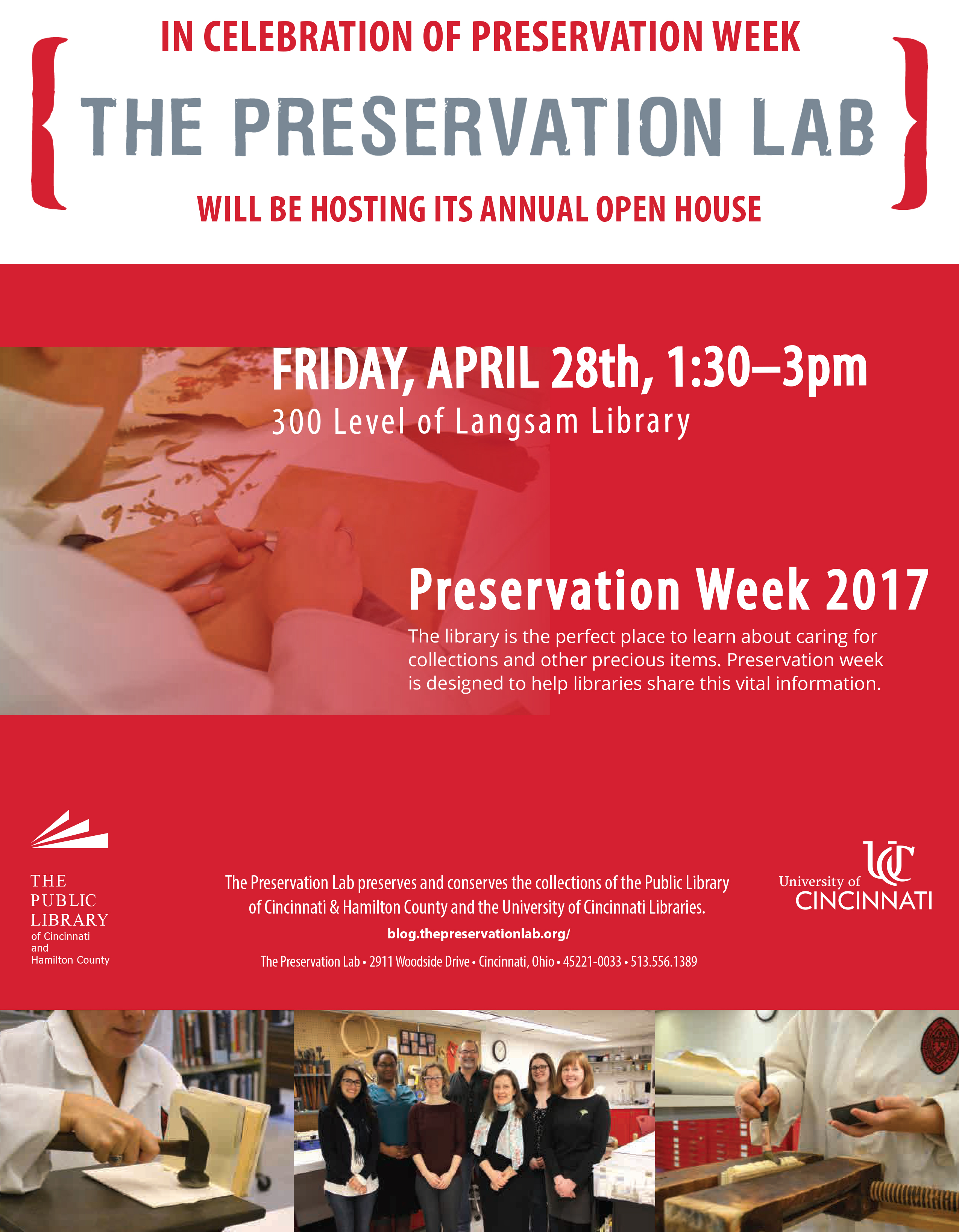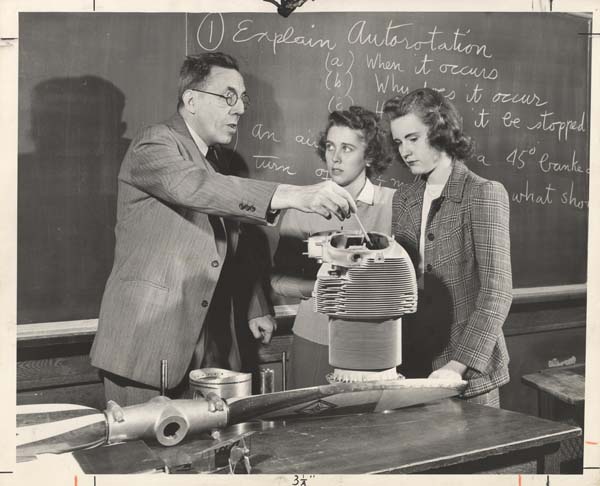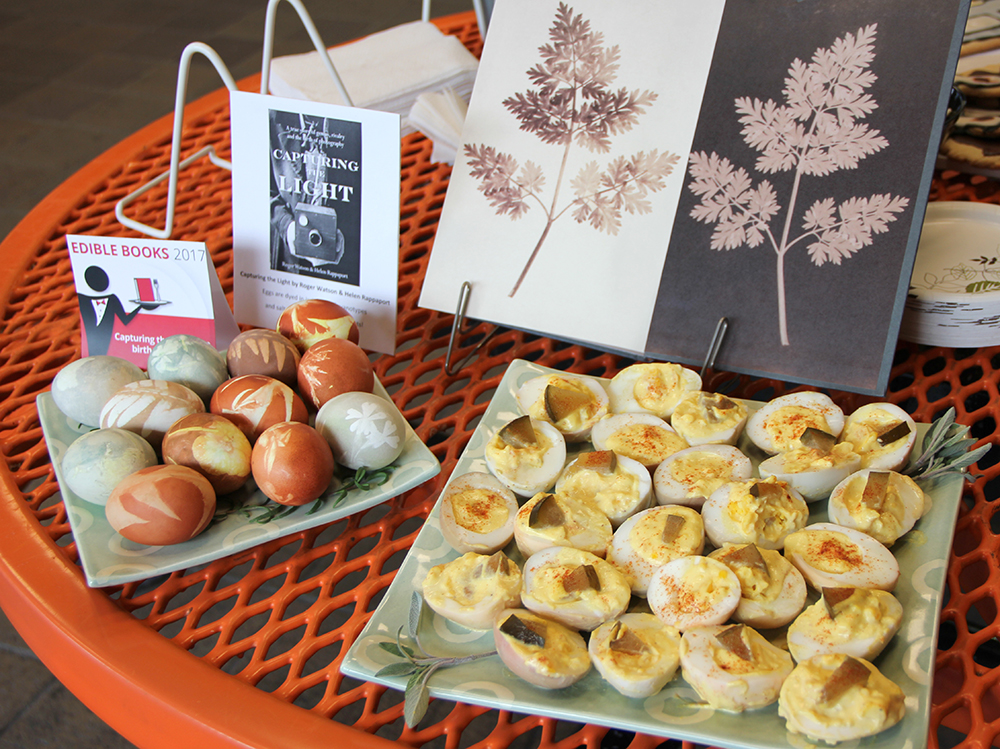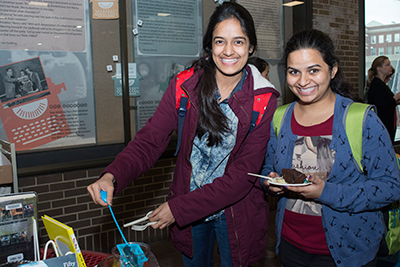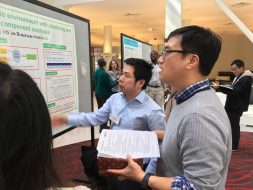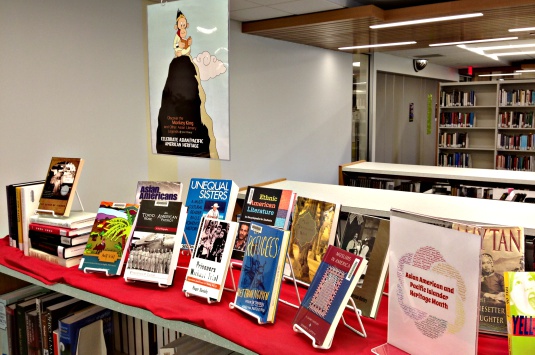A display on the 4th floor of Langsam Library organized by the Gender-Based Violence Student Education and Outreach (GBVSEO) Team and UC Libraries includes library materials that inform about Sexual Assault Awareness month.
The GBVSEO Team’s mission is to create a safer campus culture by preventing gender-based violence and supporting survivors through education and outreach. The SAAM display in the library does just that! The display encourages students to educate themselves on the issue by taking out a wide variety of books on the topic. The display also directs students to online resources including films about rape culture. Most importantly, the display includes resources for survivors and information about all of the support services on campus for students who have experienced gender-based violence, which includes sexual assault, stalking, and intimate partner violence.
While the GBVSEO Team has many programs planned for SAAM, we feel that the library display plays a particularly important role in our awareness campaign. Sometimes students don’t feel comfortable stopping by a tabling event to get information, but the library display allows them to engage with the material and pick up resources with more anonymity. The display is also located in an area of campus that has high traffic. We hope that students who pass by the display, even if they do not choose to engage with the material, become aware that this month is SAAM.
The Sexual Assault Awareness Month (SAAM) library display was organized and designed by Susan Banoun and Mikaila Corday of UC Libraries and the Gender-Based Violence Student Education and Outreach Team, which includes members from the Women’s Center, LGBTQ Center, Student Wellness Center, and the Women Helping Women On-Campus Advocates.
By Erin R. Mulligan, Gender Based Violence Prevention Education Coordinator, University of Cincinnati Women’s Center.

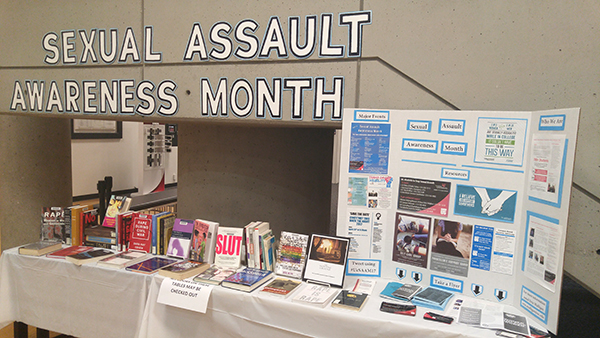
 The Gorno Memorial Music Library is delighted that a woodcut, dating from 18 December 1920, of Beethoven’s “Life Mask” by August Becker (1878–1942), German artist and Holzschneider, now hangs in the north end of the Reading Room. This work was presumably prepared in celebration of Beethoven’s 150th birthday celebrations, which had occurred two days before its creation.
The Gorno Memorial Music Library is delighted that a woodcut, dating from 18 December 1920, of Beethoven’s “Life Mask” by August Becker (1878–1942), German artist and Holzschneider, now hangs in the north end of the Reading Room. This work was presumably prepared in celebration of Beethoven’s 150th birthday celebrations, which had occurred two days before its creation.